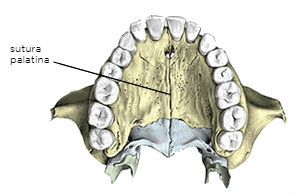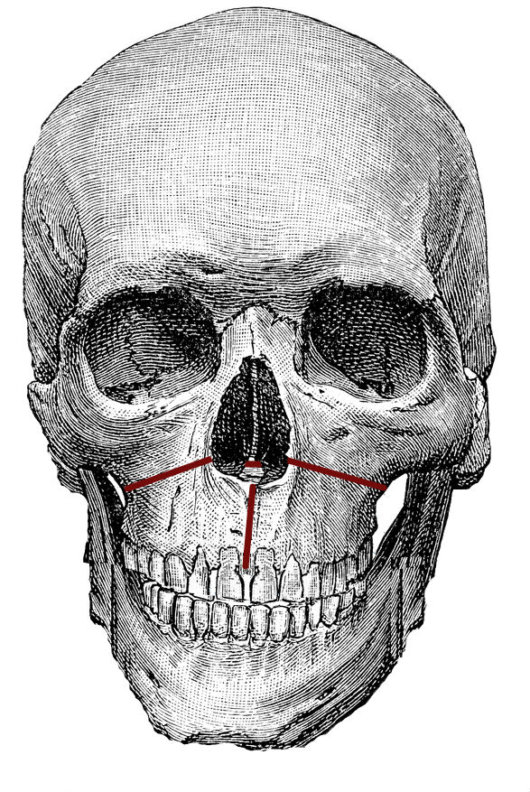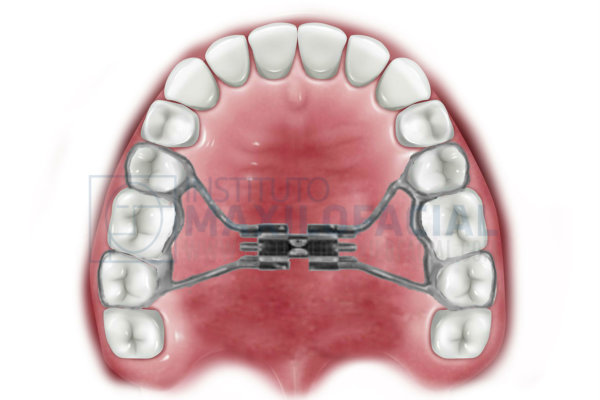S.A.R.P.E is an acronym for Surgically Assisted Rapid Palatal Expansion. It is a technique that combines surgery with orthodontic treatment to achieve a widening of small palates, correcting problems such as lateral cross bite and dental crowding of the upper arch.
For whom is SARPE indicated?
 The palate is formed by two bones that join in the dome of the maxilla. The union between these two bones is called palatine suture or maxillary suture.
The palate is formed by two bones that join in the dome of the maxilla. The union between these two bones is called palatine suture or maxillary suture.
Ideally, the palate expansion should be carried out at an early age, before the palatine suture has completely fused, a process that is completed during puberty. In these cases a surgical intervention is not necessary, but only an orthodontic treatment called RPE (Rapid Palatal Expansion).
For patients whose palatal suture has already fused, the SARPE (the palatal expansion by surgical route) is the only viable treatment.
How is a SARPE done?
 A SARPE is usually carried out under local anesthesia and sedation. The first step is carried out by the orthodontist, who will previously place a rapid expansion device (RPE). During surgery, the maxillofacial surgeon performs a vertical osteotomy (cut in the bone) in the maxillary midline, as well as a Le Fort I osteotomy to facilitate expansion.
A SARPE is usually carried out under local anesthesia and sedation. The first step is carried out by the orthodontist, who will previously place a rapid expansion device (RPE). During surgery, the maxillofacial surgeon performs a vertical osteotomy (cut in the bone) in the maxillary midline, as well as a Le Fort I osteotomy to facilitate expansion.
After five days of surgery, and following the specialist's instructions, the patient will begin to open the expander little by little, until reaching the necessary dimension to start the orthodontic treatment, then, a stabilization period of approximately three months begins, during this period the expansion stops but the expander is kept in place, causing the bones to fuse in their new position.
During this process, interdental spaces will be produced between the central incisors, or "central blades", this is completely normal and will be corrected later on with the orthodontic treatment. In some patients, a second orthognathic surgery is necessary to address the vertical and anterior-posterior changes.
Why get a SARPE?
This procedure avoids having to extract dental pieces to treat dental crowding, it also solves problems such as lateral crossbite, that can generate discomfort and dental wear, while achieving a harmonization of the facial features of the patient by achieving a balance of the width of the upper and lower arches.








